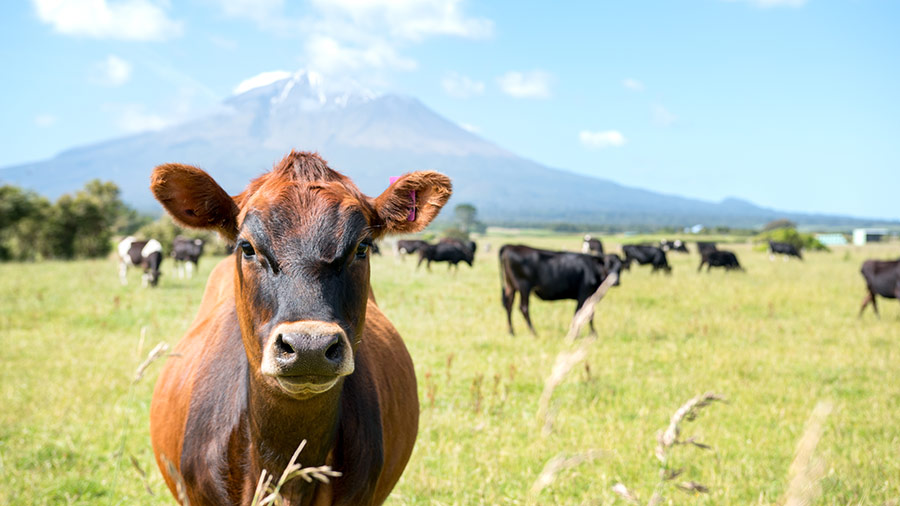Why grassland managers should make efficient use of autumn flush
 © dasr912/Adobe Stock
© dasr912/Adobe Stock After another challenging growing year, grazing platforms are finally where they should be.
But with current warm, moist conditions creating good growth rates at the right quality, Livestock Improvement Corporation (LIC) consultant Bess Jowsey warns grassland managers to plan for autumn grazing to maximise grass utilisation.
Don’t silage yourself into a grazing deficit or create quality issues when making use of the autumn flush, she says.
See also: Advice on closing paddocks for winter
“Overall, grass growth is going to be ahead of the average this year, but it has been difficult to manage.
“As always, it’s important to have a plan and use your grazing software to make informed decisions.
“Know what your autumn target is, when you are starting the last round, and what your average farm cover (AFC) needs to be.
“A lot of farmers have surplus grass and may be inclined to take it as silage – be cautious, as taking too much might not hit AFC for autumn.”
Bess says that while it’s a good position to be in, utilisation might be compromised; timing of the last round can clear out a good chunk of surplus grass.
However, she thinks the quality of any surplus harvested as silage this year will be extremely variable.
For consistent diets, Bess suggests some producers may have to look at different products to balance the ration for winter milk.
Experienced grazing farmers got through this year’s challenging conditions because they made the right decisions at the right time, she says.
“It shows the importance of regularly measuring the farm. It allows you to look into the future as you are growing a three-week wedge.
“You can see a surplus or deficit arriving in advance and make decisions early which help to smooth out the extremes.”
